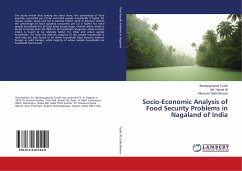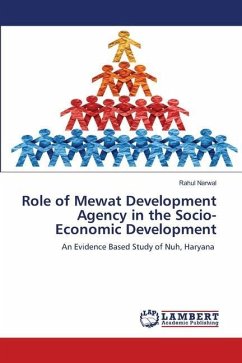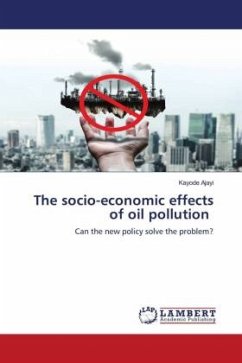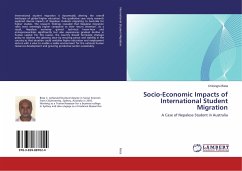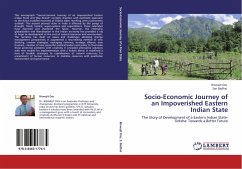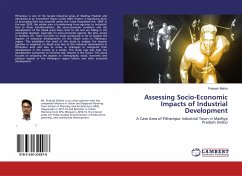The study reveals that among the food items, the percentage of food quantity consumed per CU by non-tribal sample households is higher for cereals, pulses, spices and tea in Kohima District while in Dimapur District the percentage of food quantity consumed per CU is higher for tribal sample households for all food items except sugar. Overall calorie intake is found to be less than the RDA for all household categories, while nutrient intake is found to be relatively better for tribal and urban sample households. For both the districts, majority of the sample households in rural area are also found to be either household food insecure without hunger or with hunger, while majority of urban sample households are household food secure.
Bitte wählen Sie Ihr Anliegen aus.
Rechnungen
Retourenschein anfordern
Bestellstatus
Storno

